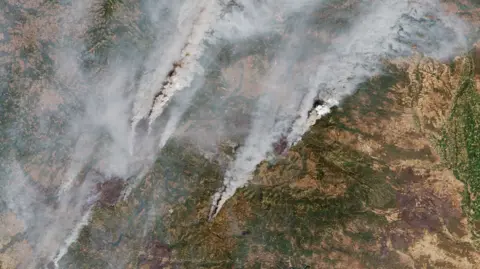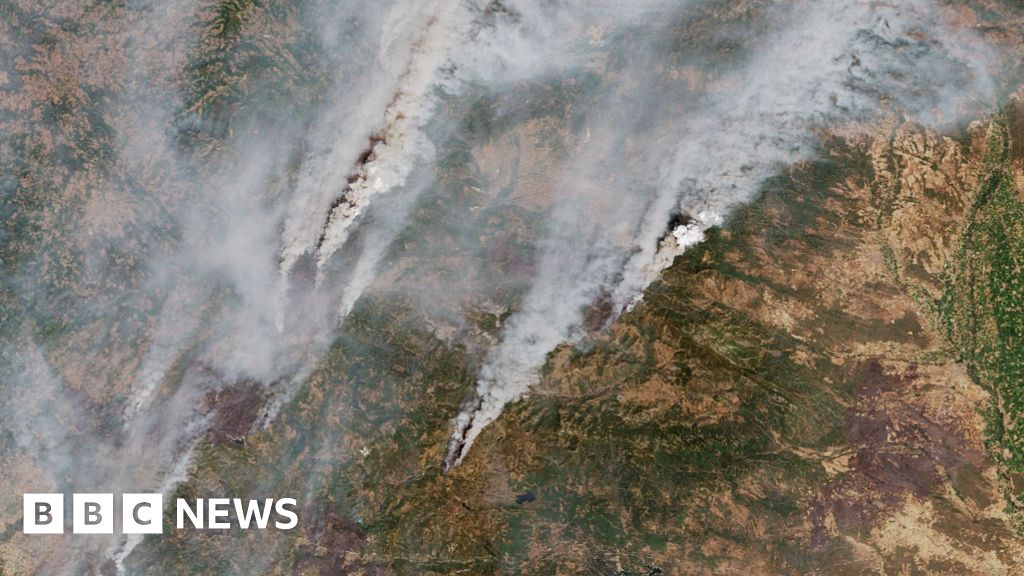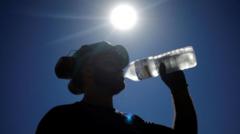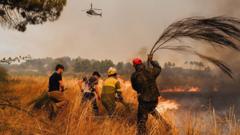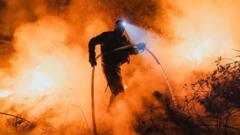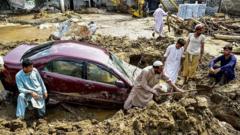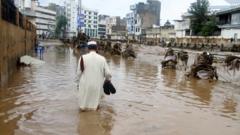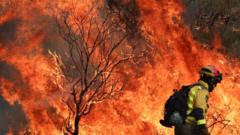Air travel has long been a convenient mode of transportation, but recent events have prompted new concerns regarding safety and comfort for passengers. A harrowing incident experienced by Andrew Davies during a flight to New Zealand has brought the issue of severe turbulence into sharp focus. He describes hitting turbulence as akin to being on a rollercoaster, with his plane suddenly plummeting and injuries reported throughout the cabin.
While turbulence-related fatalities are exceptionally rare—with estimates of about four deaths attributed to it since 1981—the potential for serious injuries is on the rise. Official data from the National Transportation Safety Board indicates that the United States has witnessed 207 severe turbulence injuries requiring hospital admission since 2009. With climate change altering atmospheric conditions, researchers foresee a doubling or even tripling of severe turbulence events over the next few decades.
Professor Paul Williams, an atmospheric scientist, emphasizes that not only is the frequency of turbulence expected to rise, but so too are the durations that passengers will experience it. This trend is exacerbated by increasing variability in jet streams and storm patterns linked to changing global temperatures.
The North Atlantic route stands out as one of the most affected areas, with a 55% increase in severe turbulence incidents over the past 40 years. Projections indicate that parts of East Asia and North Africa will also experience intensified turbulence in the future.
Experts categorize the causes of turbulence into three main types: convective, orographic, and clear-air turbulence. The latter, often sudden and invisible, is particularly concerning as it cannot be easily avoided. Climate change is intensifying both convective and clear-air turbulence. A warmer atmosphere leads to more moisture and frequent thunderstorms, which contribute to turbulence phenomena.
Airlines are taking steps to “turbulence-proof” their flights through improved forecasting and in-flight strategies. Current technology can forecast about 75% of clear-air turbulence, a marked improvement over previous decades. Some airlines are implementing policies to keep passengers seated during turbulent phases of flights, aiming to reduce injury rates.
Despite the looming challenges, advancements in turbulence mitigation technology show promise. Startups are developing systems that can detect turbulence in real-time, applying countermeasures on aircraft wings to minimize passengers' discomfort.
Although turbulence may become increasingly common and intense, experts argue that for most passengers, it should not be a cause for alarm. Captain Nathan Davies reflects on the necessity of practicing caution during flights while acknowledging the advancements in aircraft design that help ensure safety.
Andrew Davies, mindful of the potential for more turbulent air travel, remains hopeful but admits to feeling more anxious about flying than he once did. However, his approach remains resolved: buckle up, stay informed, and keep flying.






